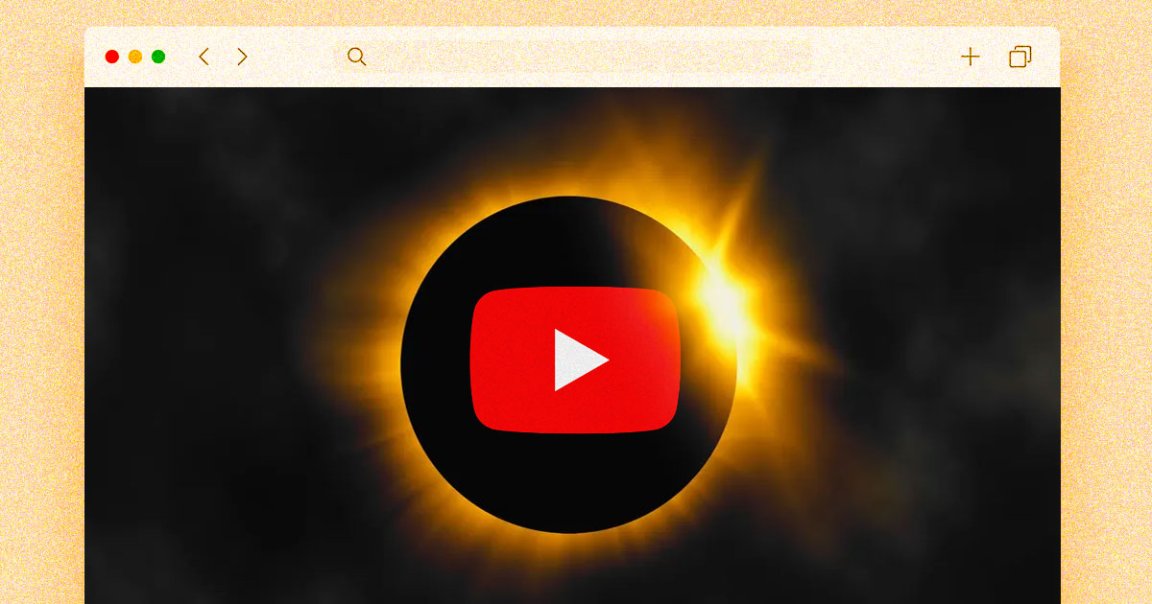
Finger-Painted Smile
Unless you’ve been living under a rock, you know by now that large swathes of North America are about to experience a total solar eclipse.
To many, it’s a once-in-a-lifetime opportunity to see the Moon fully block out the rays of the Sun, casting the Earth in a minutes-long shadow.
While the northeast is already wary of some heavy cloud cover that could potentially block the eclipse from view, there are plenty of streams to watch the rare event unfold regardless of the weather or where you live — and you won’t even need a pair of specialized glasses.
Perhaps most prominent, NASA is providing a stream on its YouTube channel starting at 1 pm Eastern time. The space agency will also be livestreaming three rocket launches to study how our planet’s ionosphere changes during the eclipse.
NPR will also host its own stream here. And Maine, Vermont, and New Hampshire have also set up their own live views of the eclipse.

Total Eclipse of the Heart
It’s an especially rare event given just how many people will be able to step into their backyard to see the eclipse unfold. The path of totality, or the 108 to 122 miles-wide region where the Sun’s rays will be entirely blotted out, include the homes of around 150 million people.
The Sun is expected to be plunged into total darkness from around 11 am Pacific time on Mexico’s West Coast to Newfoundland, Canada, around 5 pm local time.
Major city centers that will plunged into total darkness include Dallas, Indianapolis, Cleveland, and Burlington.
In short, now’s your chance to see the rare astronomical event. The next major coast-to-coast total solar eclipse in North America will occur in 2045 — over 21 years from now.
More on the eclipse: NASA Launching Three Rockets Directly Into Eclipse